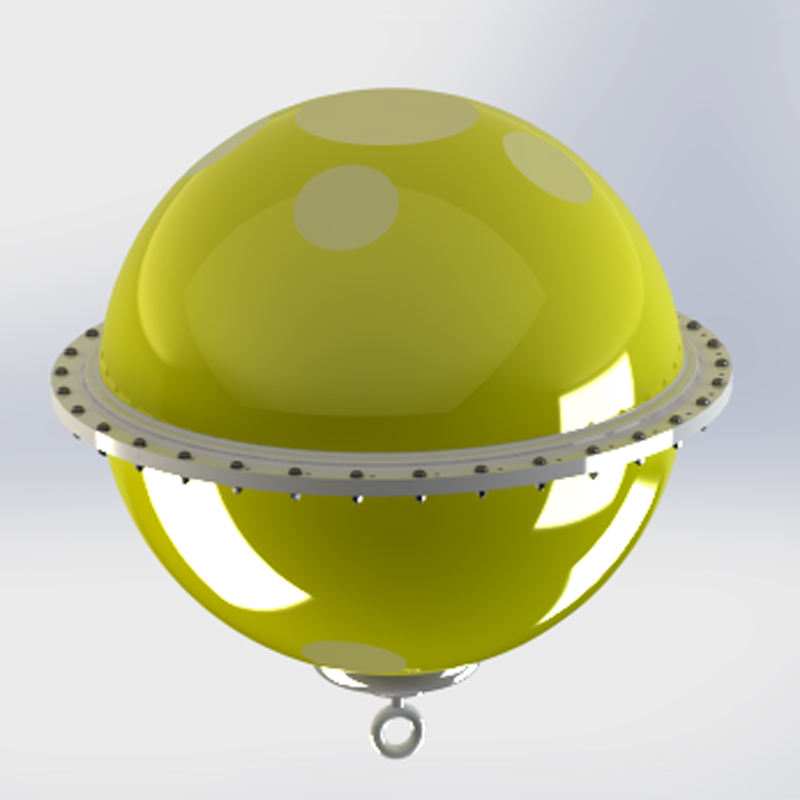Reminder, this is a Premium article and requires a subscription to read.
The Poor Knights Islands are host to over 125 species of fish and a myriad of lifeforms including sponges, Ecklonia kelp forests and soft corals. Offshore Wave Buoy

A new buoy at the Poor Knights allows constant monitoring of the ocean at the marine reserve, in a bid to better understand the causes and effects of ocean warming and other extreme events.
The buoy can be used by boaties, divers and ocean researchers alike by logging in at the link, where the most recent data can be viewed.
Dr Robert Smith, of the University of Otago’s Marine Science Department, explained the technology gathers a plethora of useful information that can be utilised by the public as well as the scientific and conservation community.
The Poor Knights Islands sit 20 kilometres offshore from the North Island and, according to Smith, are host to over 125 fish species, which also share the environment with a myriad of lifeforms including sponges, Ecklonia kelp forests and soft corals.
Smith explained marine life around the Poor Knights faces many challenges, which include warming ocean temperatures and more intense extreme events, such as storms and marine heatwaves.
“At present, there is limited long-term or real-time oceanographic data available in waters offshore of NZ’s eastern coastlines. This data void makes it difficult to monitor, understand and predict impacts of long-term warming and extreme events on these unique offshore marine ecosystems.”
Smith said the new buoy enables those utilising it to “better manage marine ecosystems in a changing climate.”
Marine ranger Evan Davies was responsible for installing the buoy. He said while the bureaucracy was “sort of intense”, he thinks the Poor Knights are a “great place to set up and monitor it”.
“There were certain locations you [could have] put it in - you have to factor in accessibility,” he explained. “So, it’s on a sheltered side, because you’ve got to consider factors like swells and you don’t want to put it in a place where it’s a bubble. It’s located where you can get water mixture [from] the west and east side.”
The buoy was placed there on September 8 this year, and will remain for around five years, where long-term trends will be monitored.
Davies said the Department of Conservation (DoC) will be responsible for the ongoing maintenance of the buoy, which requires regular cleaning, checking of compliance and monitoring.
The buoy consists of solar panels for power, a satellite and cellular modem for data transmission, and sensors to measure ocean surface waves and wind. It is anchored to the seafloor with a data cable, which has two ocean temperature sensors attached - one at a one-metre depth, and another at a 20m depth.
Smith said the information gathered from the buoy will support DoC and the New Zealand marine science community to “better understand the causes and impacts of ocean warming and extreme events (heat stress, waves) on our iconic offshore island ecosystems, and ways in which these might be predicted and/or mitigated.”
Smith also added that the real-time information may be used as a useful tool for coast communities in their recreational and cultural pursuits at the Poor Knights, a popular diving, boating and fishing spot.
Included in the data provided by the buoy are indications of what Smith called “semi-regular pulses of cooler water near the seabed”.
These pulses are a phenomenon known as an internal wave - much like what we see at the beach, but which travel between different ocean layers.
“It’s thought that areas such as the Poor Knights Islands that are regularly cooled by internal waves may provide a refuge, and protect marine biodiversity, from some of the impacts of climate change,” said Smith.
So far, the buoys have not shown any worrying data, and it is expected southwest Pacific water temperatures will peak at between one and two degrees above normal around January next year.
Reminder, this is a Premium article and requires a subscription to read.

Lake Wate Quality Buoy OPINION: A newly-elected mayor landed with a thump that echoed through the country.